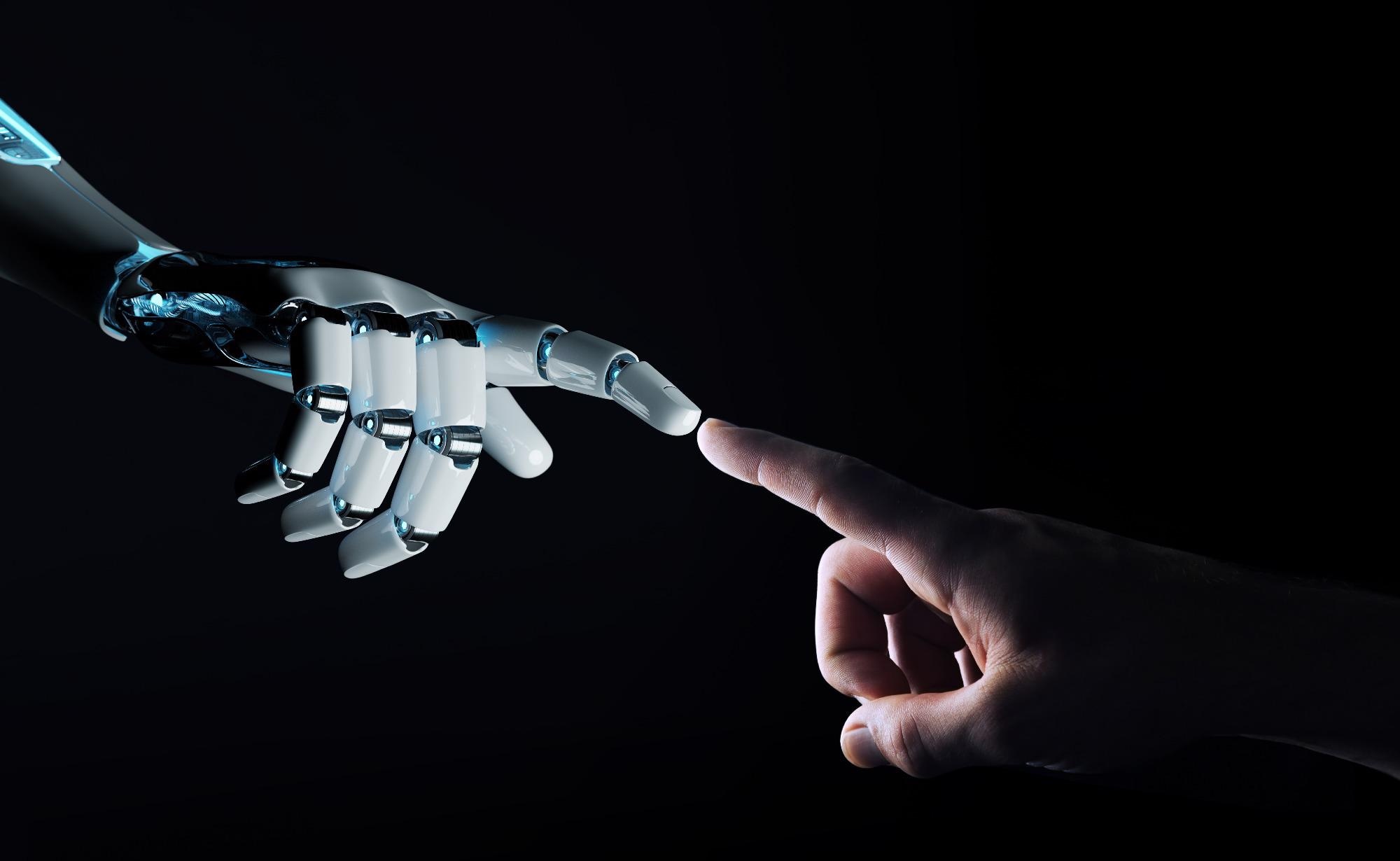
Image Credit: Shutterstock.com/ sdecoret
Although robots have been portrayed as hard and metallic structures, a new class of pliable machines called soft robots is gaining attraction quickly. Soft robots have been motivated by the flexible forms of living organisms and, therefore, find extensive applications in movement, sensing, object grasping and manipulation, among other things.
Still, these robots are mainly fabricated via manual casting methods, which tend to restrict the geometries and complexity that could be achieved.
Most fabrication approaches are predominantly manual due to a lack of standard tools. But 3D printing or additive manufacturing is slowly coming into play as it facilitates repeatability and allows more complex designs — improving quality and performance.
Pablo Valdivia y Alvarado, Study Lead Author and Assistant Professor, Singapore University of Technology and Design
Dr. Valdivia y Alvarado feels that embedded 3D printing done in numerous material inks is ejected in a supportive matrix, which is particularly appropriate for fabricating soft robots made of multiple composites or materials.
Yet, to guarantee that these robots have been designed optimally, the researchers reached out to topology optimization (TO), where mathematical models are applied to design bespoke structures inside a set of constraints.
Automating these two major steps in a single framework allows authors to believe that they can develop an integrated workflow for making customized soft robots and reduce possible errors in the path. A swimming autonomous robot inspired by batoids was utilized by researchers for their study.
The first step in the workflow was to define the fin geometry of the robot, following which, TO is employed to produce the preferred structure with preferred properties within recommended material and motion constraints. Then, the improved design is changed into a code that is read by the group’s custom-designed 3D printers, which then fabricates the robot.
The batoid-inspired soft robots were developed to endure the rough conditions of the marine environment and the technique was mainly based on customizing their fin composition and evaluating how these modifications could affect the swimming performance of the fabricated robot.
In particular, three types of fins were created, where two fins were made of soft and hard materials while the third fin was designed using TO, integrating the two materials. In contrast to the first two fins, which were fabricated with the help of conventional methods, the third composite fin was created by the integrated workflow.
Fascinatingly, the speed of the soft robot with the improved composite fins was 50% greater compared to its counterpart with the conventionally casted soft fin, with a speed that is a bit higher than the robot with the hard fin.
Moreover, the same prototype with the composite fin became approximately 30% quicker than the soft fin and had the smallest turning radius of all three robots, which makes it better at maneuvering through the water.
Dr. Valdivia y Alvarado was successful in exhibiting the effectiveness of their method and also noted that their workflow for fabricating optimized and multi-material soft robots could be employed for developing other soft robots as well.
For example, if we’re building a sensor, our objective in TO could be to tailor the electrical conductivity of certain portions of the structure. Customizing optical, thermal, electrical, as well as other physico-chemical properties would also be interesting for other applications.
Pablo Valdivia y Alvarado, Study Lead Author and Assistant Professor, Singapore University of Technology and Design
Journal Reference:
Bodetti, N., et al. (2021) Optimal Soft Composites for Under-Actuated Soft Robots. Advanced Materials Technologies. doi.org/10.1002/admt.202100361.